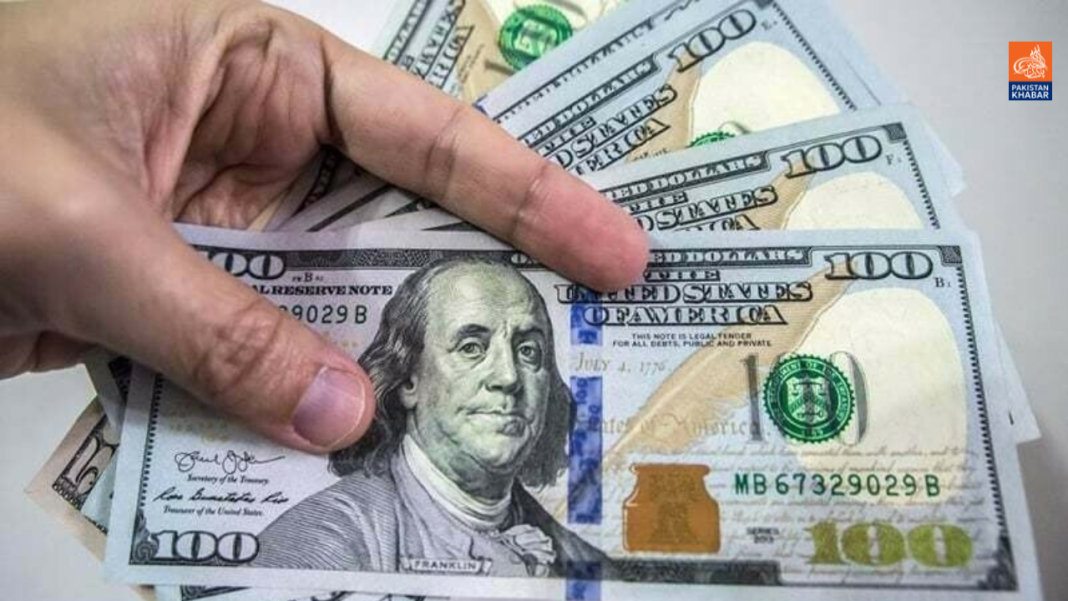Pending approval of a $7 billion bailout by the IMF’s executive board, the government had a weak start in July, receiving only $436.4 million in foreign assistance and grants. This amount is nearly 85% lower compared to the same month last year.
The $426 million in foreign loans and $10.5 million in grants received in the first month of the fiscal year fall significantly short of the ambitious $19.4 billion foreign assistance target set for FY25. This target is even higher than last year’s $17.4 billion goal, which was missed by $7.6 billion.
In July of the previous year, Pakistan secured over $2.89 billion, largely due to a 9-month $3 billion Stand-By Arrangement (SBA) with the IMF. This arrangement led to a significant $2 billion deposit from Saudi Arabia. Total inflows for July 2023 were $5.1 billion, including $1.2 billion from the IMF and another $1 billion from the UAE.
On Tuesday, the Ministry of Economic Affairs reported that total foreign inflows in July amounted to $436.39 million, compared to $2.89 billion in the same month last year. The total foreign economic assistance for 2024-25 is projected at $19.393 billion, which includes grant estimates of $176.3 million. Of the $436 million received, $307 million was for project financing, down nearly 52% from $640 million in July of the previous year.
The disappointing $436.4 million inflow may complicate Pakistan’s debt management challenges. Against a full-year target of $4.53 billion from multilateral lending agencies (excluding the IMF), Pakistan received $201 million in July, slightly more than the $194 million received in July of the previous year, when the target was $5.34 billion.
Total inflows from bilateral sources (excluding three strategic friendly lenders) were $108 million in July, compared to a full-year target of $523 million. Last year, the government secured $114 million in July against a yearly target of $882 million. An additional $128 million was received from Naya Pakistan Certificates.
The full-year target of $19.39 billion for the current fiscal year includes $5.05 billion from multilateral and bilateral lenders, $1 billion in international bonds, $3.8 billion in foreign commercial loans, $5 billion in time deposits from Saudi Arabia, and $4 billion in safe deposits from China.
The government also expects approximately $465 million in inflows through Naya Pakistan Certificates from overseas Pakistanis and $100 million from ECO Trade Bank.
In the previous fiscal year 2022-23, the government had budgeted $22.8 billion in foreign assistance but could only secure $10.8 billion, just 46% of the target, due to the suspension of the IMF program. This shortfall resulted in a $11.8 billion deficit and a depletion of foreign exchange reserves.




